Choosing the right bicycle discipline begins with understanding the diverse range of bicycles available, each tailored to different riding styles and terrains. Whether you seek the adrenaline of mountain biking, the speed of road racing, or the convenience of commuting, the type of bike you select plays a crucial role in your overall cycling experience.
Here’s a detailed look at the various styles of cycling:
Road Cycling
Road cycling is arguably the most recognized and popular form of cycling. This type of cycling involves riding bikes specifically designed for optimal speed and efficiency on paved surfaces. Road bikes feature lightweight frames that make them easy to handle and maneuver. They are equipped with thin tires that reduce rolling resistance, allowing for faster speeds. Additionally, road bikes come with drop handlebars, which provide multiple hand positions and an aerodynamic stance, further enhancing the cyclist’s performance and comfort during long rides.
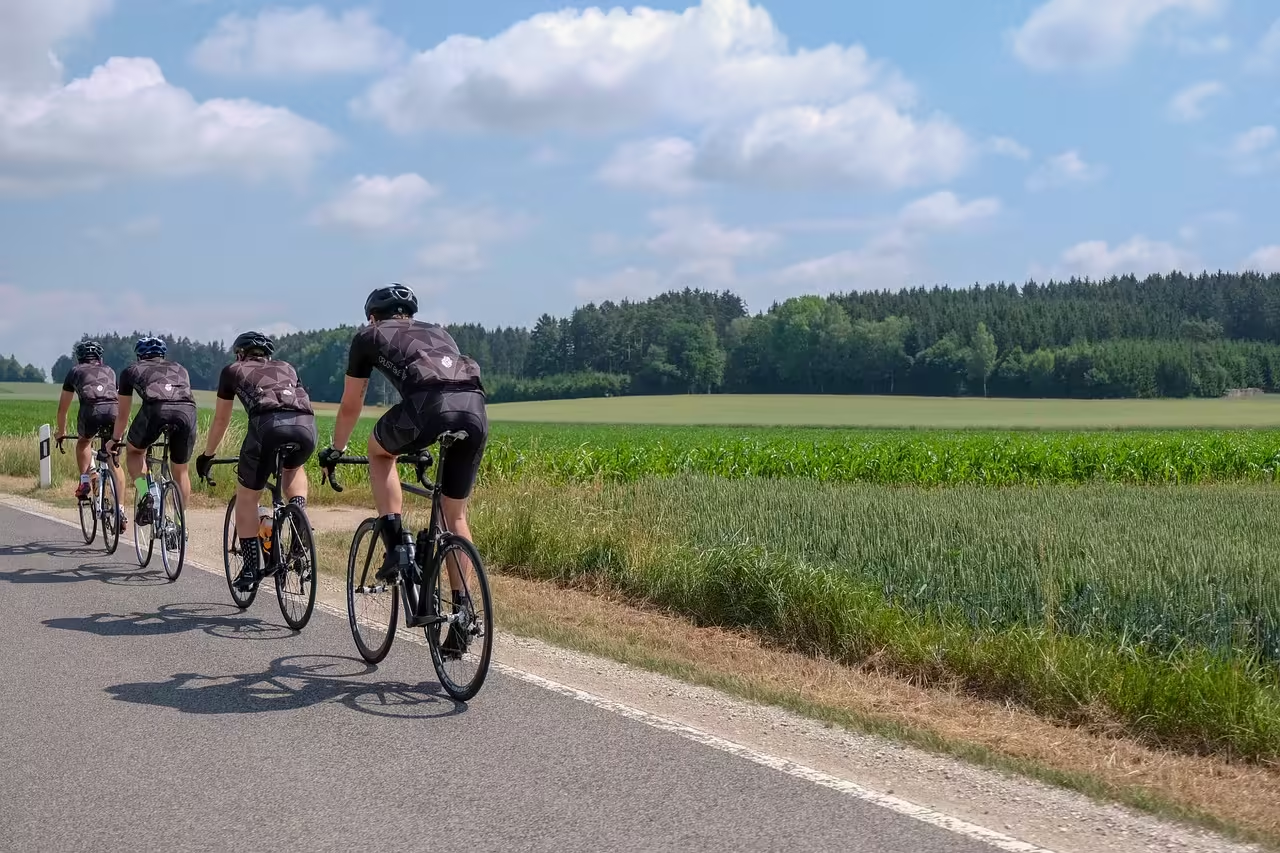
- Road Racing
- Stage Races: Multi-day events like the Tour de France, featuring various stages (mountains, flats, time trials).
- One-Day Classics: Single-day, long-distance races often with challenging routes.
- Criterium: Short, fast-paced races on closed circuits, typically in urban areas.
- Time Trialing
- Individual Time Trial: Cyclists race alone against the clock on a set course.
- Team Time Trial: Teams of cyclists work together to achieve the best time on a set course.
- Sportives and Gran Fondos
- Sportives: Organized, non-competitive events over long distances on road bikes.
- Gran Fondos: Mass-participation events with challenging courses, similar to marathons.
- Touring
- Fully Loaded Touring: Long-distance travel with heavy gear, self-supported.
- Lightweight Touring: Long-distance travel with minimal gear, often staying in accommodations rather than camping.
- Commuting
- Urban Commuting: Using bicycles for daily travel within cities, often with bikes equipped for comfort and practicality.
Here are related guides:
Mountain Cycling
Mountain biking involves off-road cycling on trails, hills, and rough terrain. This discipline emphasizes technical skills and rugged environments, making it a thrilling choice for adventure seekers.
Mountain bikes have sturdy frames, wide tires with deep treads, and suspension systems to absorb shocks from rough terrains.
Those who love nature, adventure, and adrenaline are drawn to mountain biking. It’s perfect for individuals who enjoy navigating obstacles and exploring remote areas.
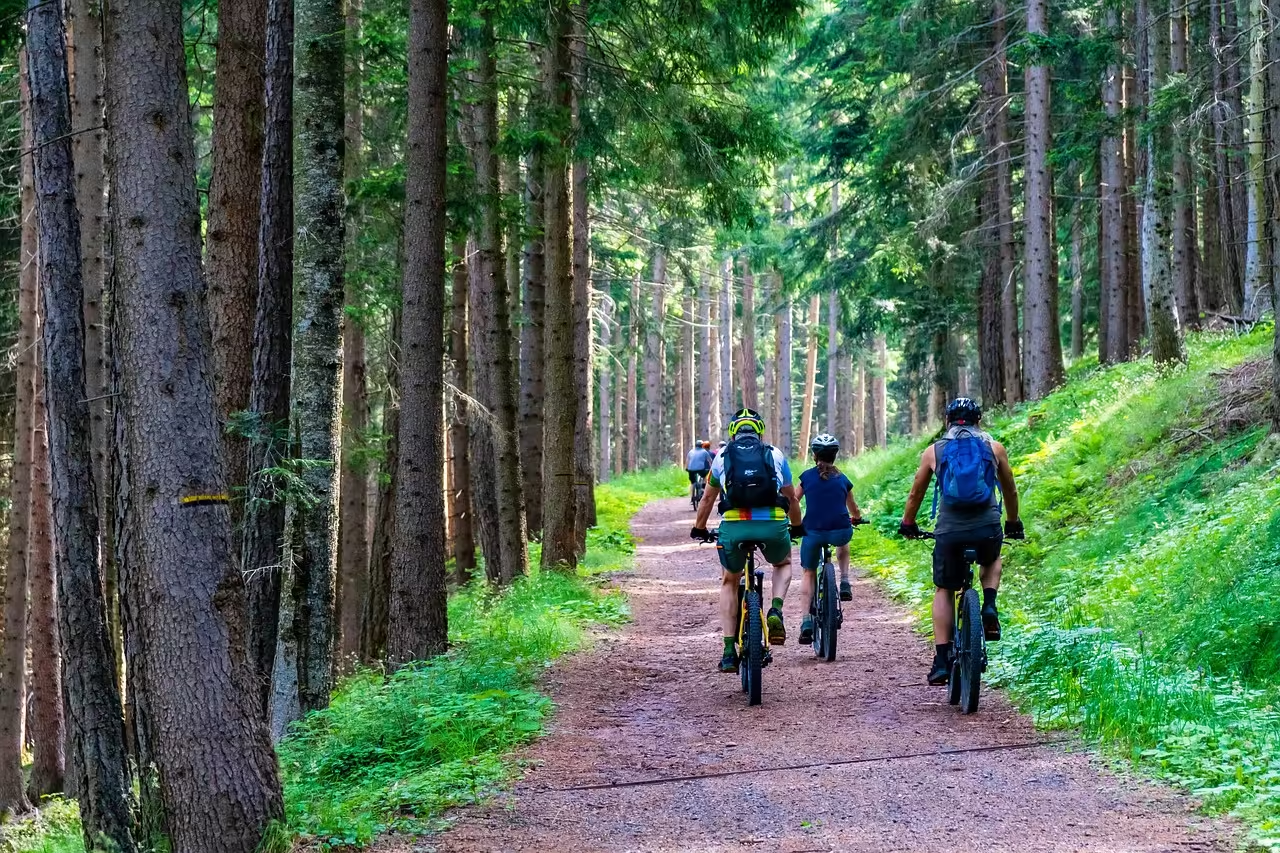
- Cross-Country (XC)
- XC Racing: Competitive events over varied terrain, emphasizing endurance and technical skill.
- XC Trail Riding: Non-competitive riding on mixed terrain, focusing on fitness and enjoyment.
- Trail Riding
- General Trail Riding: Recreational riding on diverse off-road trails, usually with some technical features.
- Downhill (DH)
- Downhill Racing: Timed descent-focused races over steep, technical courses.
- Freeride: Emphasis on navigating extreme terrain with drops, jumps, and stunts, often in bike parks.
- Enduro
- Enduro Racing: Timed downhill sections combined with untimed uphill transitions, blending elements of XC and DH.
- All-Mountain
- All-Mountain Riding: Versatile riding over various terrains, typically with bikes suited for both climbing and descending.
- Fat Biking
- Fat Bike Riding: Riding bikes with oversized tires, suitable for snow, sand, or rough terrain.
Gravel and Adventure Cycling
Gravel cycling combines elements of road and mountain biking, focusing on riding on unpaved roads and trails. It offers a mix of adventure and endurance in less-traveled areas.
Gravel bikes combine elements of road and mountain bikes, with wider tires and a robust frame to navigate mixed terrains comfortably.
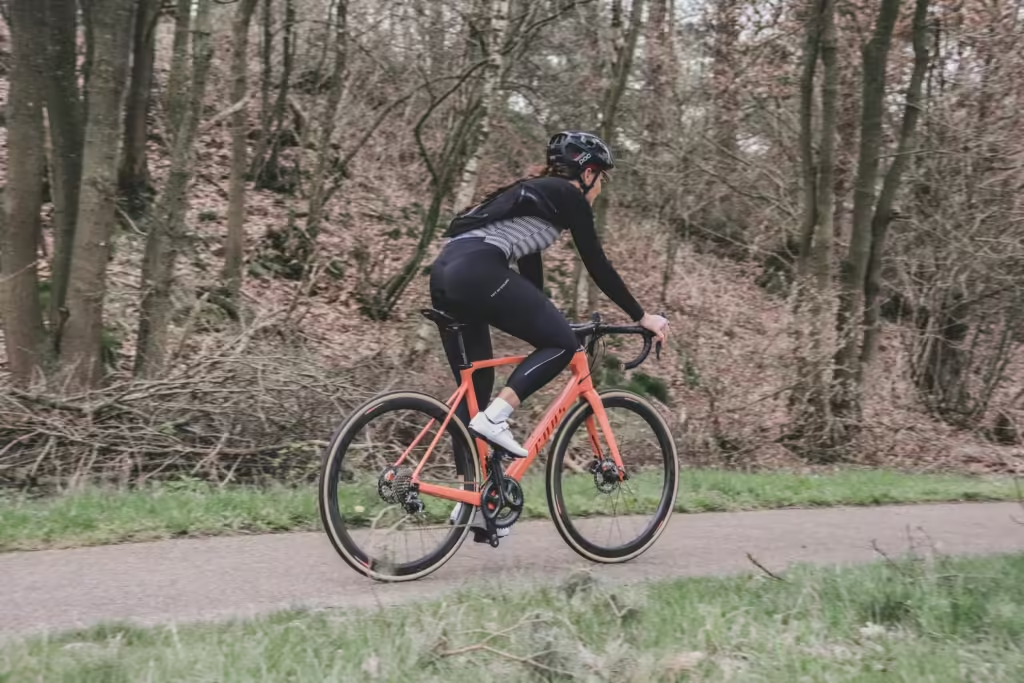
- Gravel Riding
- Racing: Competitive events on gravel roads and mixed terrain.
- Touring: Long-distance rides on gravel roads, often with bikepacking setups.
- Adventure Cycling
- Adventure Racing: Combines elements of road, gravel, and off-road riding, often with challenging navigation and self-sufficiency requirements.
- Bikepacking
- Bikepacking Expeditions: Multi-day off-road tours, carrying camping gear and supplies on specially designed bikes.
Cyclocross
Combines road, mountain biking, and obstacle racing, on courses with varied surfaces (grass, mud, sand). Cyclists often need to dismount and carry their bikes over barriers.
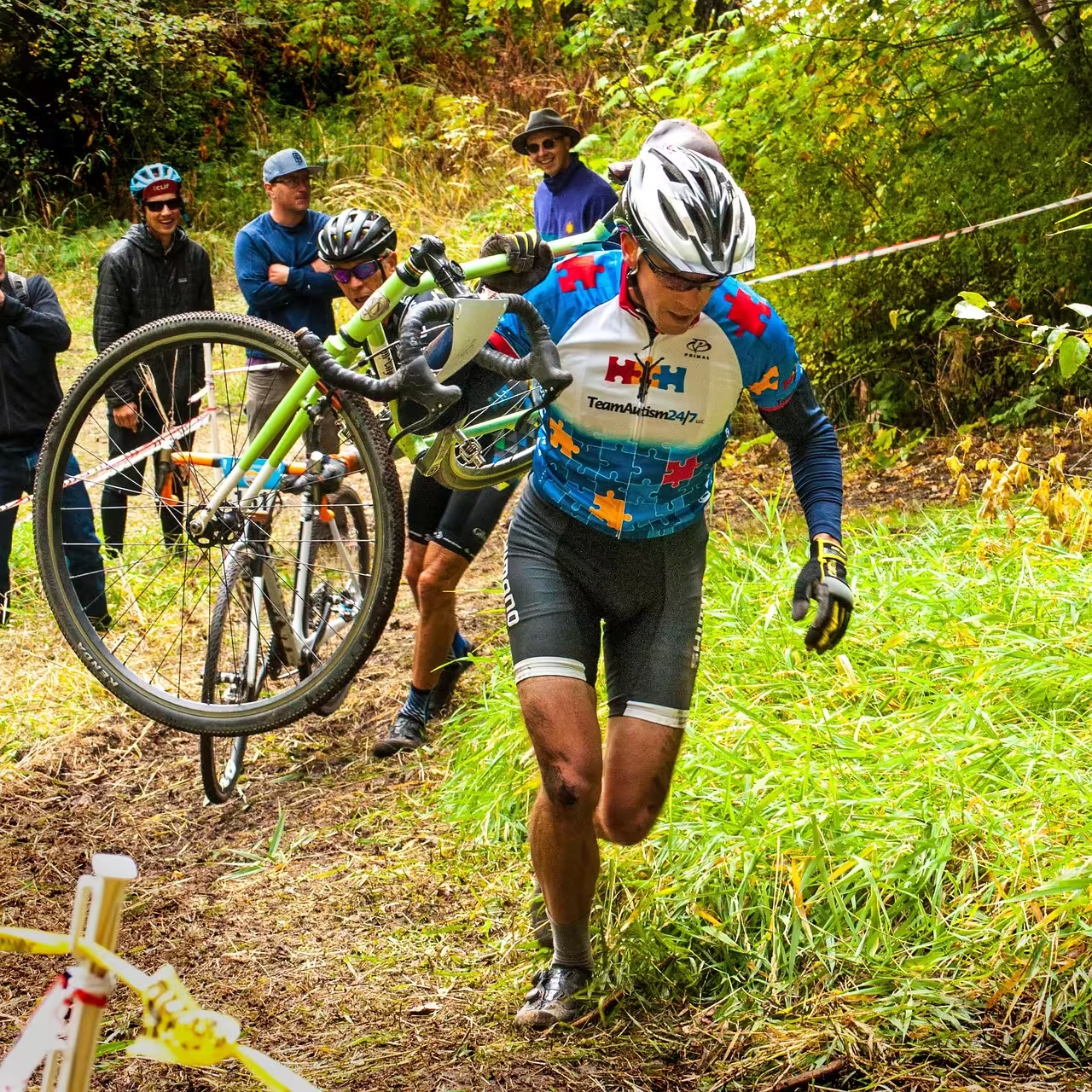
BMX
BMX (Bicycle Motocross) involves racing on dirt tracks with jumps and sharp turns or performing tricks in skate parks. It’s known for its dynamic and energetic nature.
BMX bikes are designed for racing and performing stunts. They have small, durable frames, 20-inch wheels, and a single gear, making them ideal for high-impact, freestyle riding. These bikes are known for their agility and toughness, allowing riders to perform jumps, tricks, and navigate obstacle courses with precision.
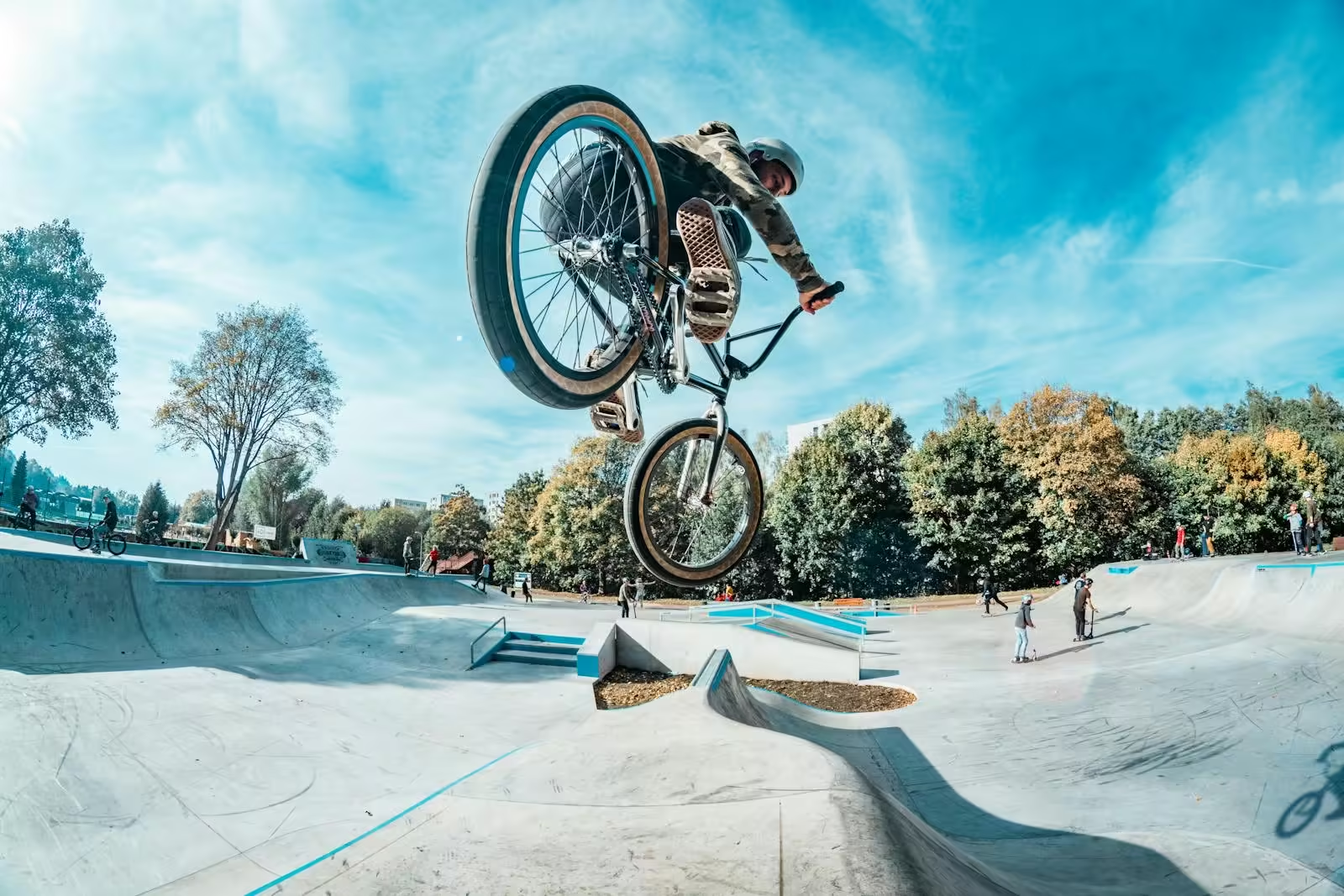
- BMX Racing
- BMX Race: Short-track, off-road racing on courses with jumps and sharp turns.
- Freestyle BMX
- Park: Performing tricks in skate parks with ramps and bowls.
- Street: Using urban features (stairs, rails) for stunts and tricks.
- Flatland: Performing tricks on flat surfaces, focusing on balance and precision.
Track Cycling
Track cycling takes place on a velodrome, a specialized, banked track designed for high-speed racing. It emphasizes sprinting and strategic racing techniques.
Track bikes are purpose-built for racing on velodromes or outdoor tracks. They feature a simple, streamlined design with no brakes, a single fixed gear, and narrow, high-pressure tires for maximum speed. The frames are usually lightweight and aerodynamic, optimized for smooth surfaces and high velocities.
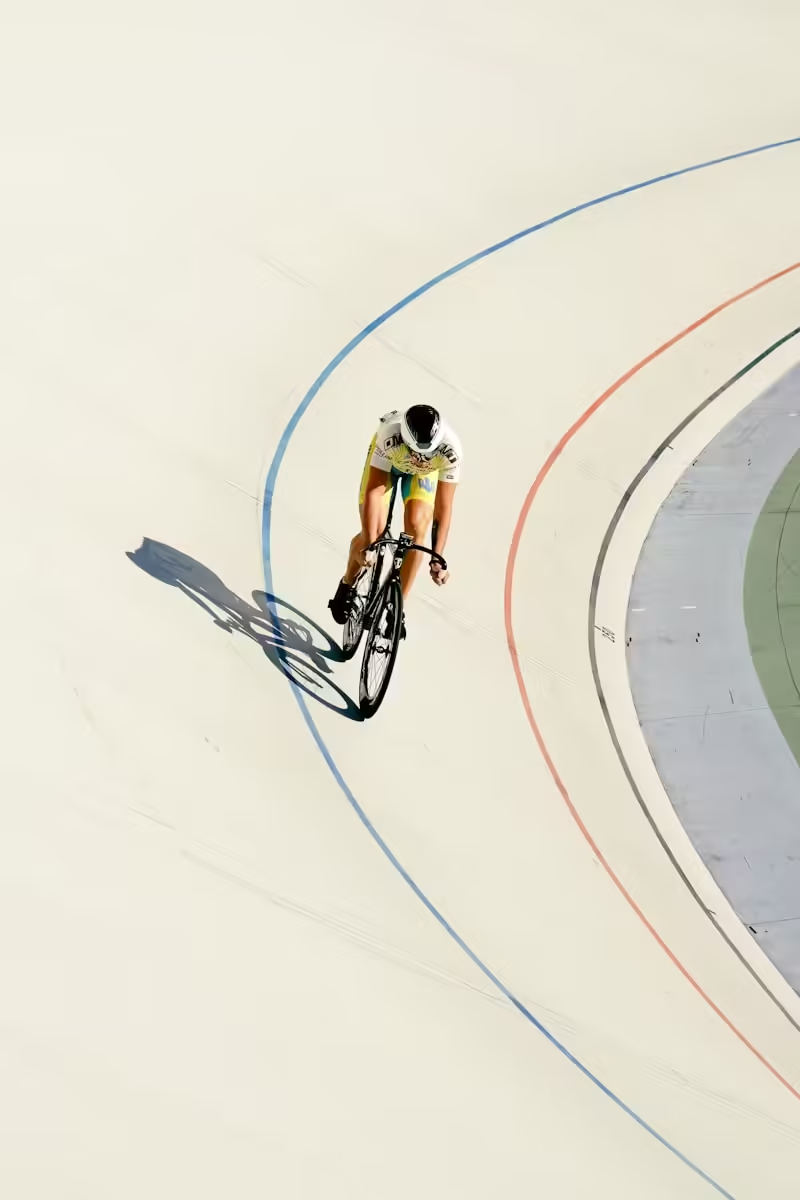
- Track Racing
- Sprint: Short, fast races focusing on speed and tactics.
- Endurance Events: Longer races, including the scratch race and points race.
- Time Trials: Cyclists race alone against the clock on a velodrome.
- Madison
- Madison Racing: A relay-style event where teams of two take turns racing while the other rests.
- Keirin
- Keirin Racing: Sprinters follow a motorized pacer, then sprint to the finish after the pacer pulls off.
Other Cycling Styles
- Fixed-Gear and Single-Speed
- Fixed-Gear Riding: Riding bikes with a fixed gear, often in urban environments or on velodromes.
- Single-Speed Riding: Riding bikes with a single gear, used for simplicity and efficiency.
- Recumbent Cycling
- Recumbent Bikes: Bicycles with a reclined seating position, offering comfort and efficiency for long rides.
- Electric Biking (E-Bikes)
- E-Bike Commuting: Using pedal-assisted bikes for urban commuting or leisure rides.
- E-Mountain Biking: Off-road riding with electric assist, allowing for extended range and easier climbs.
- Trials
- Bike Trials: Navigating technical obstacles without setting feet on the ground, often in competitive settings.
- Unicycling
- Unicycle Riding: Riding on a single wheel, often for performance or sport.
Each cycling discipline offers a unique experience and requires different equipment, skills, and environments. Cyclists often choose a style based on their interests, physical condition, and local terrain.


Leave a Reply